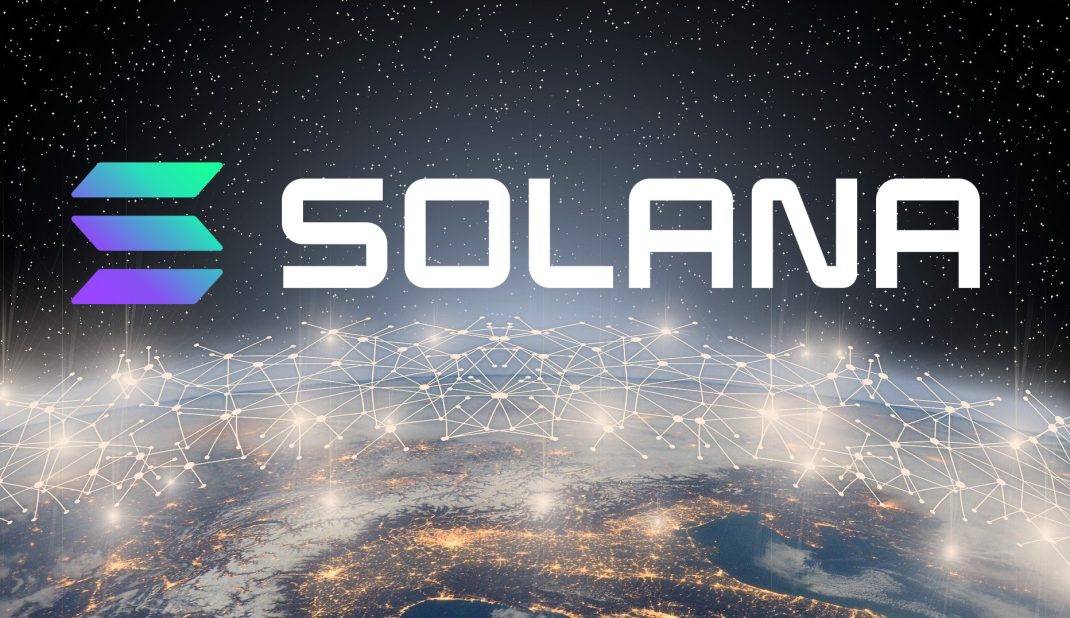Solana (SOL) is a high-performance blockchain platform designed to support decentralized applications (dApps) and provide fast, scalable, and secure blockchain solutions. Launched in March 2020, Solana aims to offer a decentralized infrastructure that can handle the high throughput demands of modern dApps and support the growth of the decentralized finance (DeFi) ecosystem.

Contents
History of Solana (SOL)
Solana was founded in 2017 by Anatoly Yakovenko, a former software engineer at Qualcomm and Dropbox. Yakovenko designed Solana to overcome the scalability and speed limitations of existing blockchain platforms, such as Bitcoin and Ethereum. Solana’s key innovation is the use of a unique consensus algorithm called Proof of History (PoH), which enables high-speed processing of transactions.
– Polygon (MATIC): A Comprehensive Guide to the Layer-2 Scaling Solution
Solana’s Partner Ecosystem
Solana has a growing ecosystem of partners and supporters, including leading DeFi protocols, dApps, and blockchain infrastructure providers. Some of Solana’s notable partners include Serum (a decentralized exchange built on Solana), Chainlink (a decentralized oracle network), Terra (a stablecoin platform), and Bonfida (a decentralized exchange aggregator). Solana has also partnered with several blockchain infrastructure providers, such as Binance and Huobi, to expand its network and increase adoption.
Technology and Features of Solana (SOL)
Solana is designed to be a high-performance blockchain platform that can handle large-scale dApps and provide fast and secure transactions. Solana achieves this through several key features:
- Proof of History (PoH): Solana’s unique consensus algorithm that enables high-speed transaction processing by creating a historical record of transactions that can be easily verified.
- Tower BFT: A Byzantine Fault Tolerance consensus algorithm that enables fast finality and secure transactions.
- Gulf Stream: A feature that optimizes transaction processing by forwarding messages across the network.
- Turbine: A transaction processing engine that supports parallel execution of smart contracts and dApps.
Solana‘s high throughput and low transaction costs make it an attractive platform for DeFi applications, gaming, and other large-scale dApps.
– Polkadot (DOT): The Next Generation Blockchain Network
Future and Potential of Solana (SOL)

Solana has already gained significant traction in the DeFi space, with several leading protocols and dApps choosing Solana as their preferred blockchain platform. As the DeFi ecosystem continues to grow and demand for fast, scalable blockchain solutions increases, Solana’s technology and features could position it as a leading blockchain platform.
Solana‘s market capitalization has grown significantly since its launch, and as of February 2023, it is one of the largest cryptocurrencies by market cap, with a market capitalization of over $40 billion.
Solana‘s focus on high-speed processing and low transaction costs could also position it as a strong competitor to Ethereum, the leading blockchain platform for DeFi applications. Solana’s growing partner ecosystem and strong community support also suggest a promising future for the platform.
Conclusion
Solana (SOL) is a high-performance blockchain platform that offers fast, secure, and scalable solutions for decentralized applications. With its unique technology and growing ecosystem of partners and supporters, Solana has the potential to become a leading blockchain platform in the DeFi space and beyond. As the demand for fast and scalable blockchain solutions continues to grow, Solana’s features and performance could make it an attractive option for developers and users alike.




